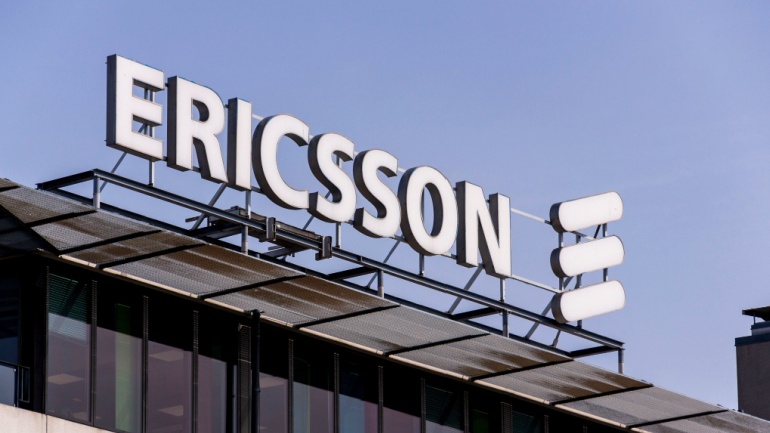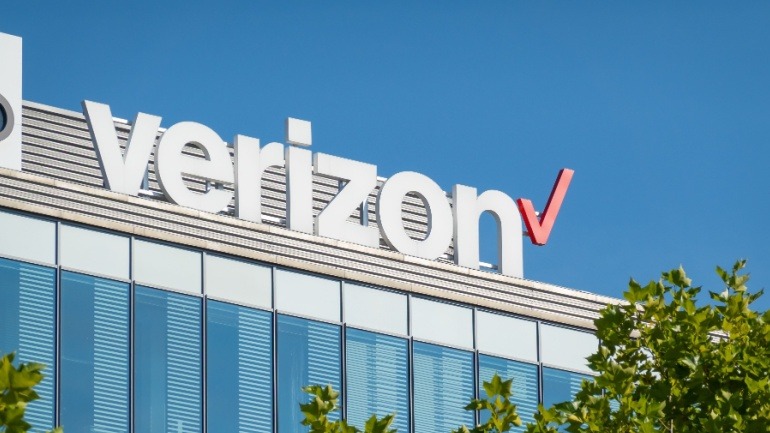As the summer season begins in the northern hemisphere, severe heatwaves have already engulfed multiple regions worldwide, posing challenges to data center operators who grapple with internal heat generation. The experts at Vertiv, a global provider of critical digital infrastructure solutions, have released updated guidance to tackle the rising threats associated with extreme heat.
Climate change, coupled with the El Niño weather pattern, has resulted in the past eight years becoming the hottest on record. This year, forecasts anticipate 2023 to witness record-breaking temperatures. The scorching outdoor conditions and their aftermath create significant hurdles for data center operators. To mitigate risks, organizations can take the following steps:
- Clean or change air filters: The impact of climate change is evident in the eerie orange haze shrouding cities like New York, caused by wildfires. Data center operators must clean or replace air filters in their thermal management and HVAC systems to protect sensitive electronics from airborne particulates, including wildfire smoke.
- Accelerate planned maintenance and service: Extreme heat and poor air quality also strain data center infrastructure systems. To avoid unexpected failures, organizations should conduct proactive maintenance, including cleaning condenser coils and maintaining refrigerant charge levels.
- Activate available efficiency tools: Many modern UPS systems feature high-efficiency eco-modes, reducing grid power draw. During heatwaves, where the grid is under strain, these reductions can be crucial in preventing service interruptions.
- Leverage alternative energy sources: Data centers with access to alternative energy should utilize off-grid power, such as solar arrays, wind farms, and lithium-ion batteries. Postpone planned generator testing during heatwaves as diesel generators produce more greenhouse gases, exacerbating climate change.
John Niemann, Senior Vice President for Vertiv’s global thermal management business, emphasizes the need for proactive preparations to address the mounting pressure on utility providers and data center operators. Collaborating with electricity providers and prioritizing preventive maintenance can reduce the likelihood of heat-related equipment failures.
In addition to the above recommendations, Vertiv also offers the following insights:
- Run multiple cooling units: Distributing the cooling load among several units saves energy and reduces strain on individual units.
- Explore various cooling systems: Consider liquid cooling, water-free cooling, and evaporative free cooling systems designed for high-temperature environments.
- Adopt predictive modeling: Rather than relying solely on historic data, use predictive modeling to anticipate thermal impacts as extreme heat events become more frequent.
By implementing these measures, data center operators can better safeguard their critical infrastructure, enhance energy efficiency, and contribute to a more resilient response to extreme heat challenges. As the global community faces increasingly extreme heat events, the importance of preparedness and adaptability in data centers cannot be understated.







